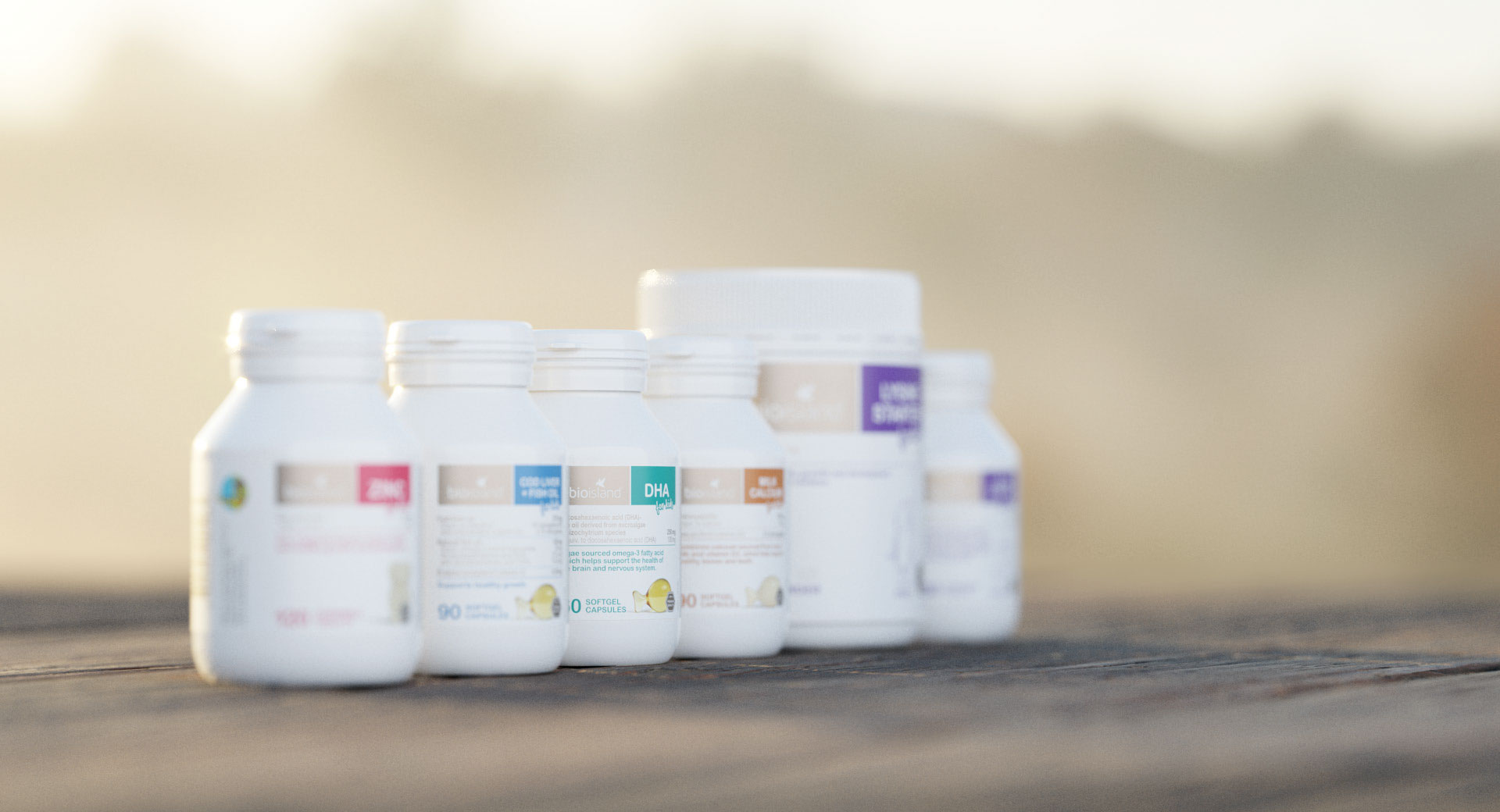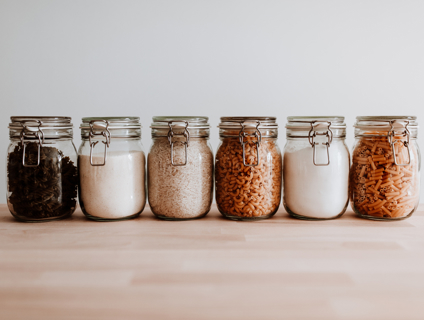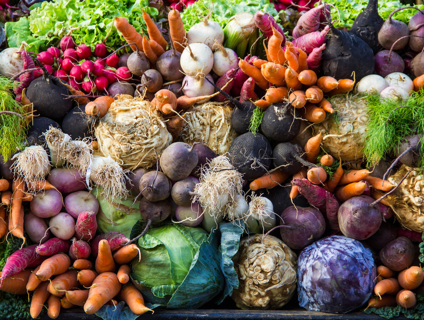
Reducing your environmental footprint at home
Making one or two small changes that suit your family you will be doing your part to help in reducing your environment footprint.
By Bio Island Nutrition Team
One of the easiest ways in reducing our environmental footprint and doing our part to help preserve our ecosystems for future generation is by making small changes around our households. Whilst for some of these options the upfront costs may seem expensive, overtime they will pay for themselves and you will also be doing your part to help minimise any impact on the environment.
Appliances. Get into the habit of switching appliances off at the power point when not in use rather than leaving them on standby as they will still be consuming energy. When buying new appliances, ensure that you look for and choose appliances with maximum stars on the energy rating label. Ensure you are only using your washing machine and dishwasher when you have a full load or use half load or eco options where available if you need a small load washed immediately.
Beeswax wraps. As the name suggests, these wraps are made from beeswax and are a washable, reusable, and sustainable alternative to plastic cling wrap. You can find these wraps in a range of sizes and they can be used to cover almost anything that you would use cling wrap for. When used and stored correctly, these wraps can last up to 12 months saving you rolls and rolls of plastic wrap. Other plastic wrap alternatives include using silicone food covers or storing leftovers in glass containers.
Compost. By starting your own compost not only will you by reducing the amount of general household waste ending up in landfill but you will also end up with your own organic nutrient rich fertiliser that your garden will thrive off.
Lights. By installing energy saving light bulbs and switching lights off when you are not using them can significantly reduce your power bills almost instantly.
Meat free meals. This does not mean committing to a completely vegetarian or vegan diet but try and enjoy a meat free meal at least a couple of times a week. Animal agriculture is thought to be responsible for a very large portion of man-made global greenhouse gas emissions.
Recycle. Most, if not all local councils provide households with a separate recycling bin. Be mindful however that not all products are recyclable even if they may appear to be so contact your local council to ensure that you are complying with their recycling protocols. Also be sure to check out your state’s bottle recycling initiatives, where you can get a small rebate for returning your eligible bottles to a designated return point. This is a great way to start getting your children involved and they can earn some pocket money along the way.
Repair. Where possible, try and repair broken or damaged items rather than replacing it straight away with a new item. Clothing items that have small holes or tears in them can often be mended quite easily either by yourself or fairly cost effectively at your local alteration shop. For items that you no longer wear, if in a decent condition donate to your local charity or second-hand shop rather than tossing in the bin.
Reuse. Get rid of single use plastic items such as bags, bottles, straws, utensils and replace with reusable items. Most plastic is non-compostable and non-biodegradable meaning that it will never break down and will be washed up on our shorelines or sit in landfill indefinitely.
Water. Choose a shower over having a bath to help reduce your water usage. Try and keep showers to under 3 minutes and invest in a water efficient showerhead or even a rainwater tank. When brushing your teeth or washing the dishes, avoid leaving the water running.
You do not need to commit to making all these changes at once, but by making one or two small changes that suit your family you will be doing your part in reducing your environment footprint. Whatever options you decided to implement, be sure to include your children and educate them on the choice you are making so that they too can continue making the same environmentally friendly choices as well and we can preserve our plant for generations to come.




